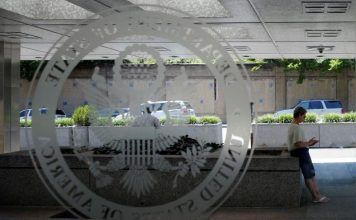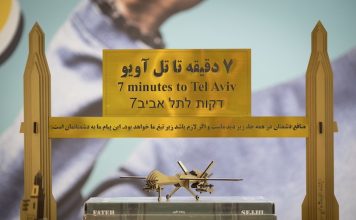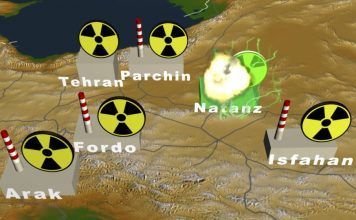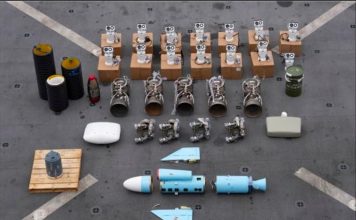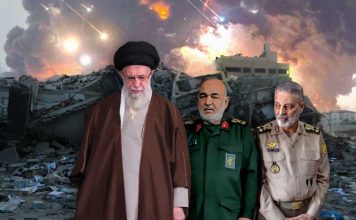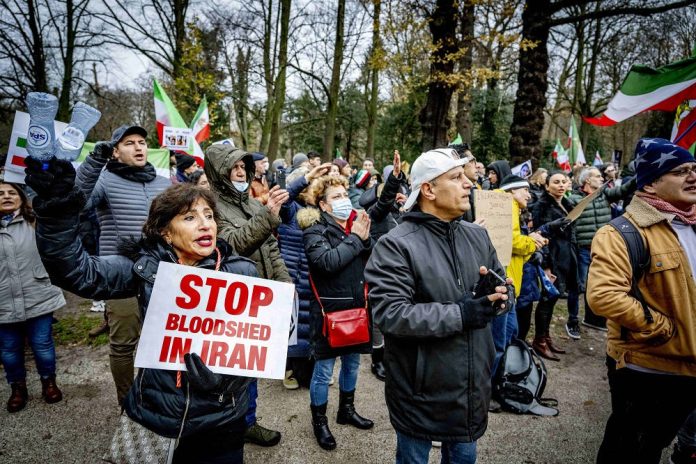
The Islamic Republic of Iran has hanged at least 71 child offenders since 2010, according to a Sep. 25 report by the Oslo-based Iran Human Rights organization (IHRNGO).
The report follows the Sep. 16 execution of Mehdi Jahanpour, 23, who was convicted in 2019 of committing premeditated murder when he was 16-years-old. Officials did not notify his family or grant them a final visit before his execution, according to a Sep. 28 report by the human rights organization Hengaw. Jahanpour’s hanging is the first recorded execution of a child offender in 2024.
“Mehdi Jahanpour was accused of killing someone with a knife in Firouz Abad. Mehdi was in love with a girl who had another man pursuing her. He stopped Mehdi in the street and a fight broke out which ended with the other man being killed,” a source familiar with the matter told IHRNGO.
The Islamic Republic is the most prolific executioner of children and women after China when taking data per capita into account. It is also known to keep child prisoners on death row for extended periods of time until they reach the age of majority at 18, and then executes them.
“The execution of child offenders is unlawful according to the Islamic Republic’s treaty obligations including the ICCPR [International Covenant on Civil and Political Rights] and must be condemned in the strongest terms by the international community,” IHRNGO Director Mahmood Amiry-Moghaddam said. “There are currently dozens of child offenders on death row in Iran who may be executed should the international community fail to show an appropriate response.”
EXCLUSIVE: New UN Rapporteur on Iran to Focus on Gender Inequality, Executions
A December 2022 statement by Human Rights Watch held that several children detained during the 2022 nationwide anti-government protests in Iran were believed to be at risk of execution, following charges which carried the death penalty. The Islamic Republic released the children after a global outcry against the charges.
A 2021 press release published by the United Nations Human Rights Council held that more than 85 children were on death row in Iran, and that the majority of these children came from marginalized groups or were victims of abuse. UN experts have repeatedly called on the Islamic republic to stop executing child offenders. Some experts claim the number of children on death row exceeds 160.
The treatment of detained children in Iran’s prisons and detention centers during the protests was also criticized by international human rights bodies. A March 2023 report by Amnesty International found that children had been raped, subjected to electric shocks and flogged by the state’s intelligence and security forces. Some children were tortured to death.
“Iranian state agents have torn children away from their families and subjected them to unfathomable cruelties. It is abhorrent that officials have wielded such power in a criminal manner over vulnerable and frightened children, inflicting severe pain and anguish upon them and their families and leaving them with severe physical and mental scars.” Diana Eltahawy, Amnesty International’s Deputy Regional Director for the Middle East and North Africa said in the report. “This violence against children exposes a deliberate strategy to crush the vibrant spirit of the country’s youth and stop them from demanding freedom and human rights.”
In an unprecedented development, children and young people in Iran were at the forefront of the nationwide protests and the gender equality ‘Woman, Life, Freedom’ movement’ which were launched in response to the death of 22-year-old Mahsa Amini. Amini died from injuries she sustained while in police custody after she was detained for failing to wear her hijab according to the country’s laws.
UN’s Turk ‘Extremely Concerned’ After Spate of Executions in Iran
The deaths of several teenage girls who called for gender equality during the protests galvanized young people’s engagement with the demonstrations. Girls and boys organized protests in their schools despite the threat of arrest, detention and execution. At least 60 children were killed by security forces during the demonstrations.




